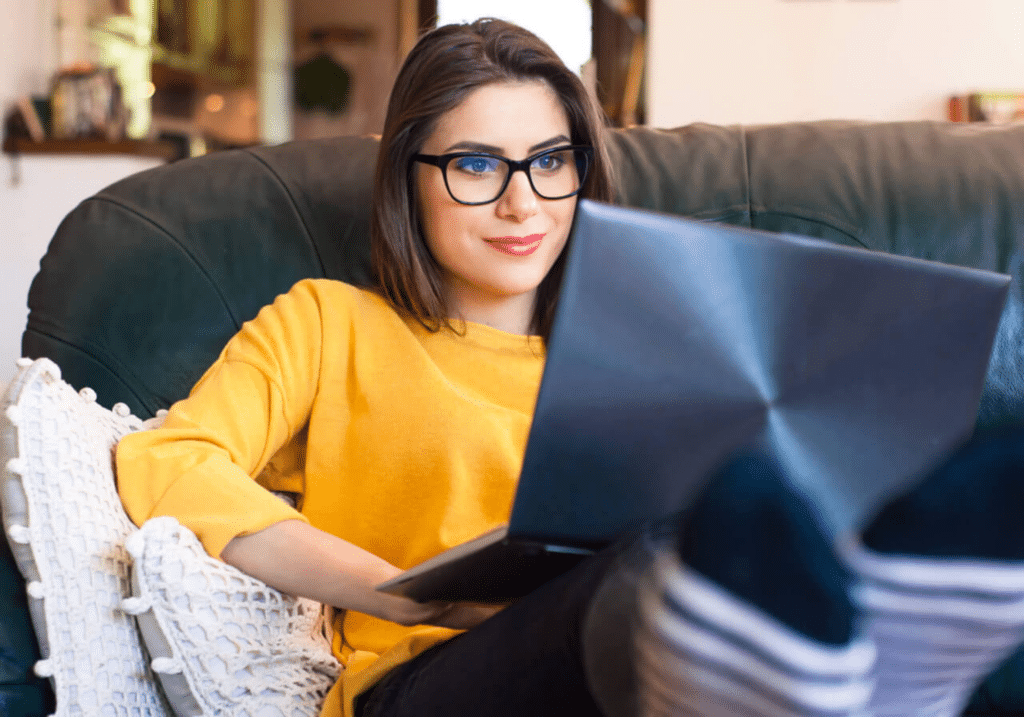Car payments can put a significant strain on your monthly budget—especially when other expenses like rent, groceries, and credit card bills start piling up. While auto refinance is often the go-to suggestion for lowering your car loan payments, it’s not always the most practical or accessible solution. If your credit score isn’t where you want it to be, or if interest rates have risen since you took out the loan, refinancing might not help you get a lower rate at all.
Plus, refinancing often comes with fees, a lengthy application process, and the potential risk of extending the life of the loan or ending up with a higher total repayment. For many borrowers, that’s just not worth it—especially if you’re already working with a tight financial situation. Thankfully, refinancing isn’t the only option. There are plenty of practical ways to reduce your car-related costs and find a lower monthly payment without starting a new loan.
Whether you’re driving a new car with a high payment or still paying off a used car you’ve had for years, these tactics can help improve your financial flexibility. From working with your current lender to rethinking how you budget or manage add-ons, it’s possible to ease the pressure without harming your credit or committing to a longer loan term. Small changes now can lead to big savings down the road—without needing to refinance at all.
Know What You’re Paying For
Before making any changes, take a closer look at your car loan breakdown. Most monthly auto loan payments include:
- Principal: The portion that goes toward repaying the loan amount
- Interest: Based on your original loan’s annual percentage rate (APR)
- Fees: Late fees or service-related charges
- Add-ons: Extended warranties, gap insurance, or service contracts
If you financed any of these extras as part of your loan, you’re not just paying for them—you’re paying interest on them over a period of time. Identifying these components can give you a clearer picture of where there might be room to save and reduce your monthly car payment.
Cancel Add-Ons You Don’t Use
If your current loan includes add-ons like gap insurance or service plans you no longer want, canceling them could offer some relief. Many providers will issue a prorated refund when you opt out of these services. That refund can be applied directly to your existing loan, lowering your balance and potentially shortening the life of the loan—especially if you make your car loan early payments more consistently.
While this won’t always change your payment amount directly, it can reduce the total interest you pay over time, especially if you’re carrying a higher interest rate due to bad credit or limited credit history.
Ask About Loan Recasting
Some lenders offer loan recasting, which allows you to apply a lump-sum payment to your principal and then reamortize your loan over the remaining term. This could lower your monthly auto loan payments without a full auto refinance process.
You’ll need to contact your current lender to find out if they offer this service. In many cases, a borrower must make a minimum payment amount or pay a small fee upfront to initiate the change. However, it’s often a smart move if you’ve recently come into some money, such as a tax refund or bonus, and want to reduce your monthly financial burden without starting a new loan.
Switch to Automatic Payments
Enrolling in automatic payments from your checking or savings account can sometimes get you a small interest rate reduction. Even a 0.25% discount on your APR can make a difference over time, especially on larger loan amounts.
Some lenders advertise this as an incentive, while others require you to ask about it. Check with your financial services provider to see if autopay is available and whether it can help you secure a lower interest rate. Just make sure you have consistent funds available to avoid overdraft fees or missed payments.
Adjust Your Payment Date
If timing—not the amount—is the issue, ask your lender if you can change your payment due date. Many institutions will let you move your due date later in the month to align better with your pay schedule.
While this won’t directly lower your monthly car payment, it can help you avoid late fees and reduce the chances of falling behind—a risk that could eventually lead to repossession if left unresolved. Staying current also helps protect your credit report and supports long-term financial health.
Make Extra Payments When Possible
Making an extra payment on your auto loan—even just once—can help lower your principal and reduce the overall loan term. This may not reduce your monthly obligation unless you recast the loan, but it will reduce the total interest paid and help you build equity faster.
Before doing this, check whether your loan has any prepayment penalties, which are fees some lenders charge for paying off your loan early. These penalties are less common today, but it’s important to review the fine print on your original loan documents and discuss any concerns with your lender.
Consider a Trade-In for a More Affordable Car
If your car payment is too high to sustain, you might consider trading in your vehicle for a more affordable one. Dealerships often accept trade-ins that can be used toward the down payment on a used car or a smaller, more affordable new car.
The key here is understanding your trade-in value and whether you’re dealing with negative equity—meaning you owe more on your current loan than the car is worth. In some cases, a dealer may be able to roll the balance into a new loan, though this could increase your loan amount and total costs over the life of the loan.
This option can help you secure a lower monthly payment and better align your car ownership with your current financial situation—but only if you’re careful about avoiding excessive loan terms or interest rates.

Sell the Car and Start Fresh
You might also consider selling the vehicle outright to pay off your existing loan. If the sale price covers the remaining loan amount, you can walk away from your high monthly car payment and potentially buy a less expensive car or rely on other forms of transportation temporarily.
If your car is newer and has held its value well, this could be a good strategy. But if you’re facing negative equity, you’ll need to pay the difference upfront to complete the sale. In that case, make sure the numbers make sense for your overall personal finance picture before making the move.
Stretch Your Budget in Other Areas
Sometimes the best way to stay on top of your car payment is by freeing up funds elsewhere. A careful review of your spending may reveal ways to scale back—whether it’s streaming subscriptions, eating out less, or switching cell phone plans.
Even an extra $50 to $100 a month can help you manage your monthly car payment without renegotiating with your lender. While this doesn’t reduce the payment itself, it creates more breathing room in your overall budget.
Ask About Loan Modification
If you’re facing financial hardship, your current lender may offer a loan modification. This isn’t a refinance or a new loan—it’s a change to your existing loan’s terms, potentially including an extension of the repayment period, temporary reduction in the payment amount, or even a deferral of payments for a few months.
These programs are typically reserved for borrowers who are behind on payments or at risk of default. You’ll need to provide documentation about your financial situation, and not every lender offers them. Still, it’s worth asking if you’re struggling and need a temporary solution that won’t damage your credit or lead to repossession.
Look at Insurance-Related Savings
Though not part of your loan, your car insurance premium contributes to your monthly cost of owning a vehicle. If your policy is on the expensive side, consider shopping around for better rates, increasing your deductible, or dropping unnecessary coverage—especially if you drive an older vehicle.
Just make sure you meet any minimum coverage requirements outlined in your loan agreement. Cutting back on insurance expenses can give you more room to handle your monthly car payment without compromising protection.
Prepare for the Future
If you’re nearing the end of your loan or planning to purchase another vehicle in the future, take steps now to improve your eligibility for a lower interest rate. That includes paying down credit card balances, checking your credit report for errors, and building a positive payment history.
With good credit, you’ll be in a stronger position to secure favorable loan rates on your next vehicle purchase—whether it’s a new car loan or financing for a used car. Using an auto loan calculator can help you evaluate how different down payments, terms, and interest rates affect your future payment amount and total cost.
Lowering your car payment doesn’t always require refinancing or drastic changes. From canceling unnecessary add-ons to negotiating with your lender or trading in for a more affordable vehicle, there are multiple ways to ease your financial burden. Whether you’re managing an expensive monthly car payment or just looking to take control of your financial situation, these strategies can help you make smart, informed decisions—without needing to start over with a new loan.
Taking action early is key. The longer you wait, the fewer options may be available—especially if missed payments begin to affect your credit report or overall financial standing. By evaluating your loan structure, understanding the terms, and staying proactive with your lender, you can regain control of your budget and avoid long-term issues like repossession or loan default. Even small changes can add up to meaningful savings over time, helping you stay on track financially and confidently plan ahead.

